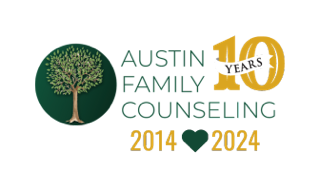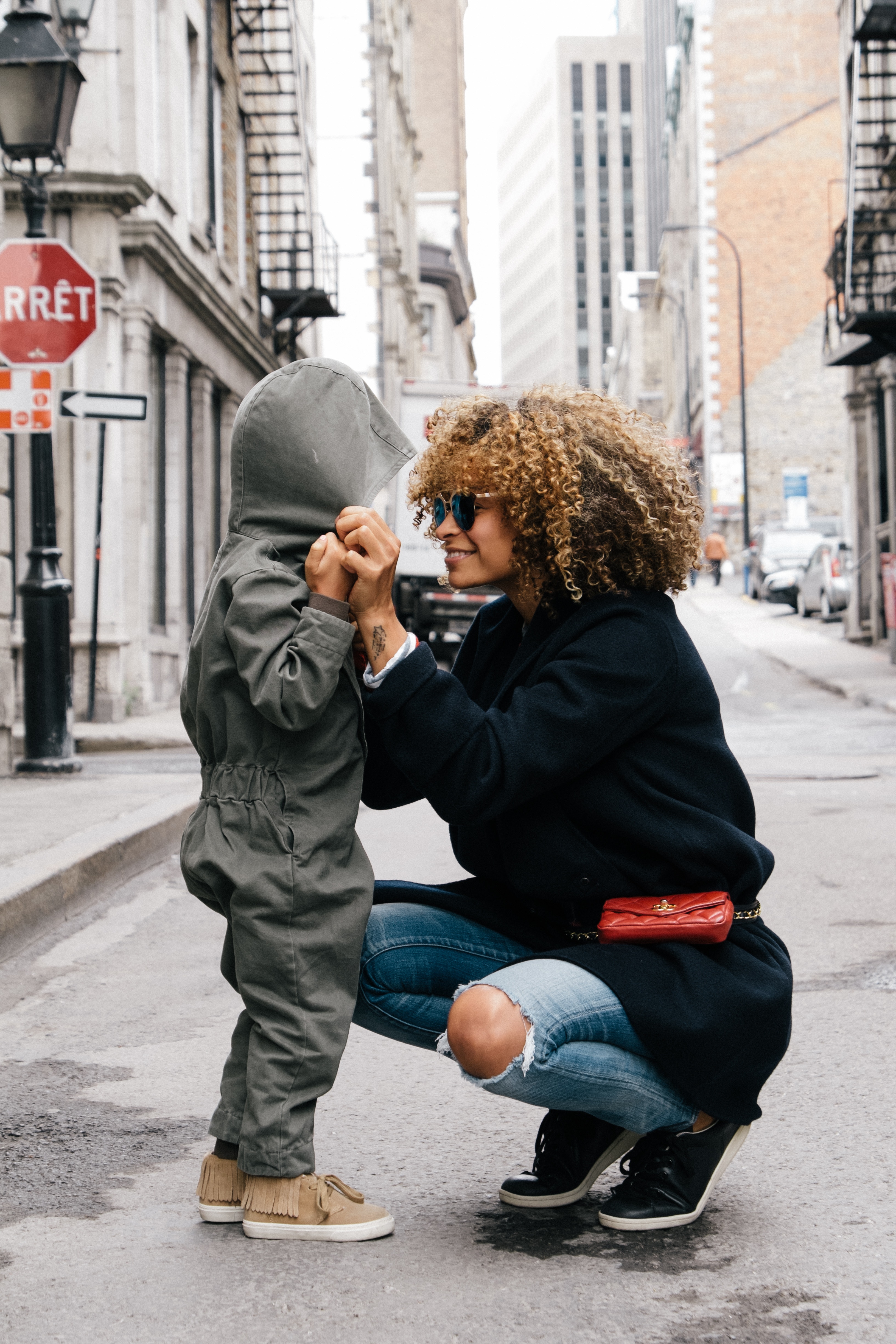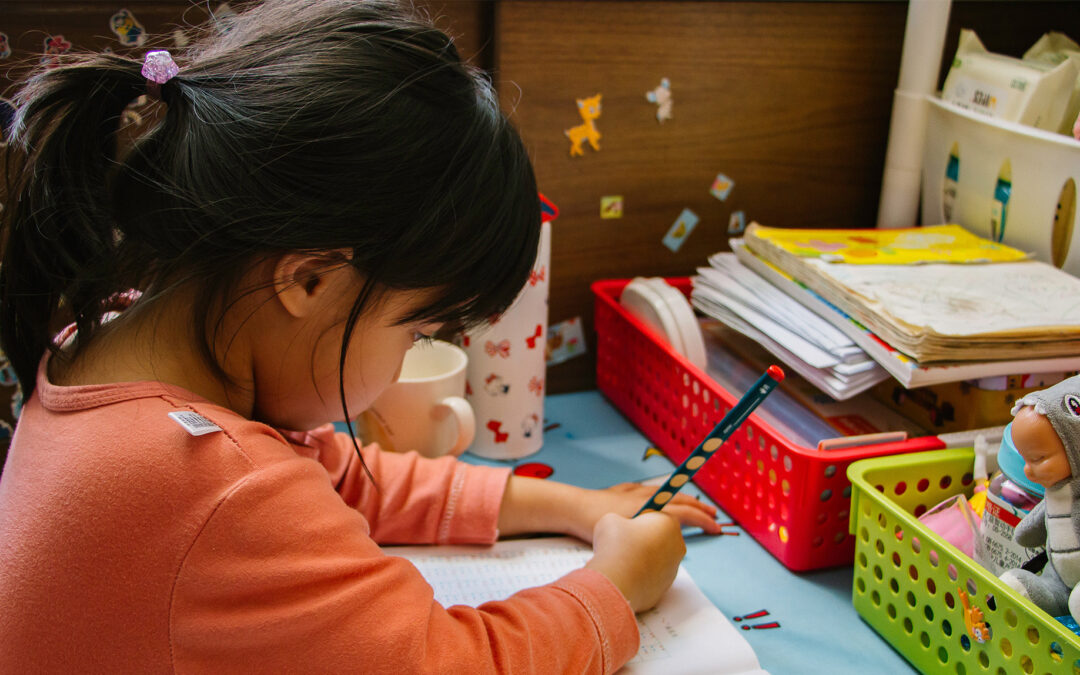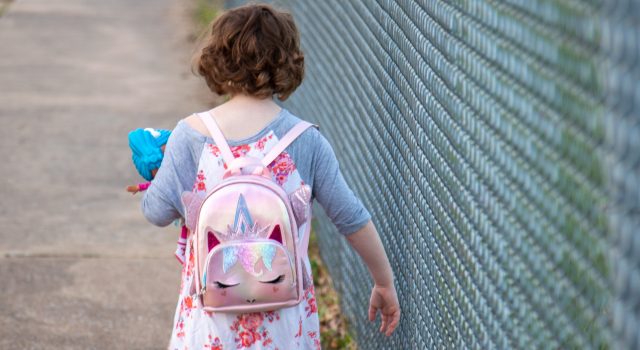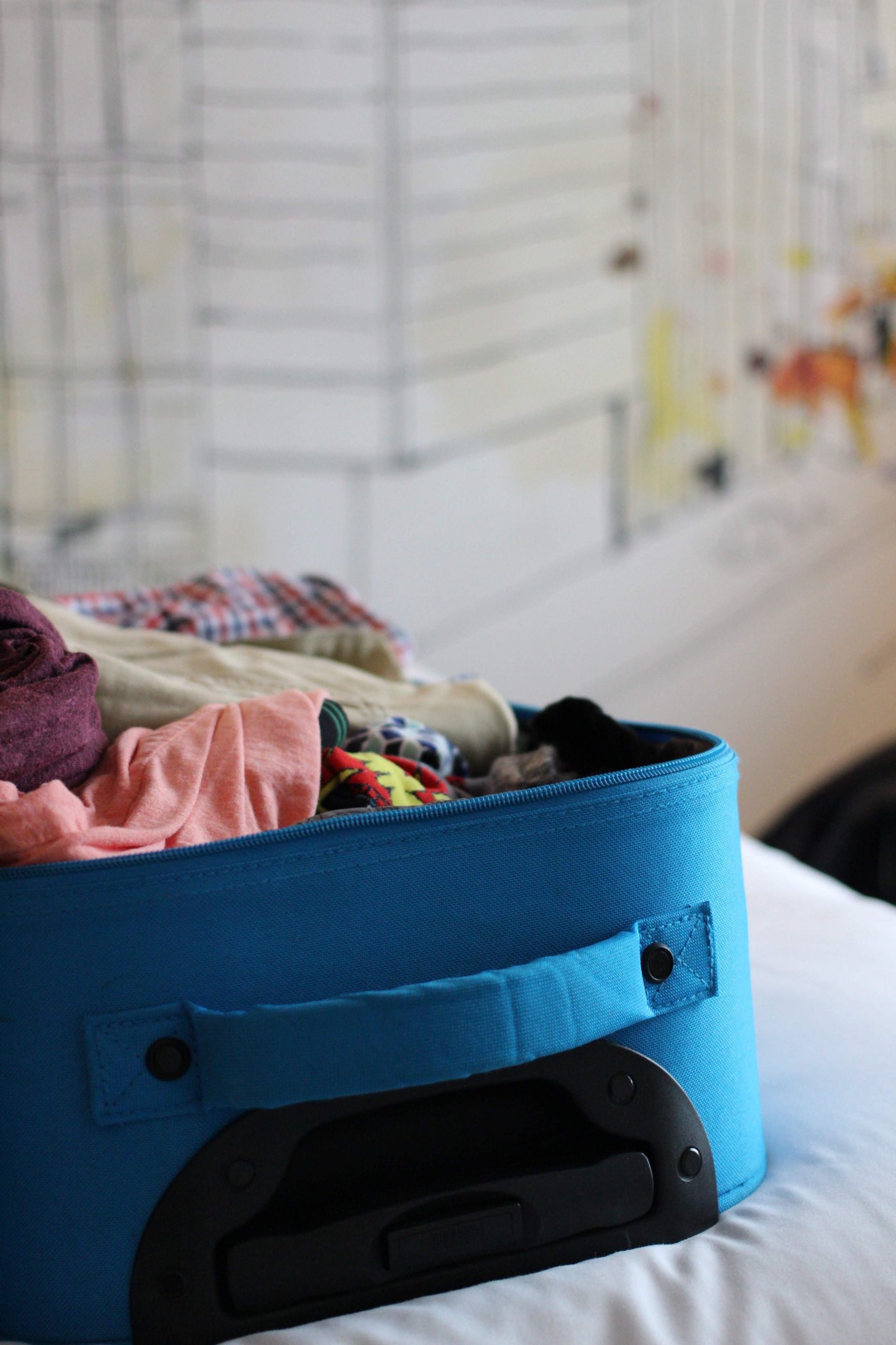There are several learning curves to raising a child. Let alone one with attention deficit hyperactivity disorder (ADHD). At times, it can feel frustrating, overwhelming, and confusing, but it can also feel rewarding, successful, and loving. In my experience working with children and parents, communication seems to be an especially challenging area. Here are some questions to consider to help increase satisfaction and connection in communicating with your child.
How Do You Know They Are Listening?
Listen and learn from your child to see how your child acts when he or she is listening. Although most people use consistent eye-contact to relay listening, this may not be possible for your kid with ADHD. He or she may not be able to maintain eye contact with you and may fidget during a conversation. This does not mean the child is not listening, but likely that he or she listens differently. Maybe ask your child, “how can I know you are listening?”, “how can you show me you are listening?”, or “what can I do to help you listen?”. Employing your child to help will encourage him or her to find coping strategies on their own, and will allow you and your child to problem solve together when challenges come up. This could mean providing your kids with a “tool” to use when listening – like a ball to squeeze or toss.
How Do They Need Directions?
It can be difficult to give simple, step-by-step directions when we are in a rush or trying to get something accomplished quickly. Although it feels counter-intuitive, it is important to provide simple, direct directions to our children with ADHD in order to be most effective. Try to give only one or two steps at a time. This will help your child accomplish the tasks without getting too overwhelmed, and will provide better results for yourself in the end.
Can You Get Creative?
Every child is completely unique and often require different strategies from one another. However, we also know that children with ADHD respond very well to visual aids. Many children with ADHD struggle with routines because of all the information to remember. Take bedtime for example. They may need to take a bath, brush their hair, brush their teeth, put on their pajamas, read a story, etc. This is hard to do when there are siblings playing, parents completing their own tasks, spiraling thoughts, and many, many other distractions. For many ADHD kids, having images to refer to can help. Create a printout with simple images illustrating the necessary bedtime tasks like teeth brushing, a bathtub, PJs, and whatever else is on their routine list. Put them in order and place the list somewhere that is easy for them to see, like the fridge or their bedroom door. When they get off track, ask them what picture is next on their list or have them pick which task from the list they would like to complete now. This is just one example of a creative method to encouraging children with ADHD to remain on task, create focus, and help prevent you from feeling frustrated.
What Choices Can You Give Them?
Children can not always have the final decision on when to go to bed or go to school. But you can encourage them to play a part in it. Ask them what clothes they want to wear or where they would like to sit in the car? It can be small, but giving them these choices help them focus on one task at a time, and feel heard and invested in.
What Part Do You Play In The Situations?
We always need to look within and see how we impact the frustrating situations. One of the biggest complaints for parents is loosing their temper or control. Children sense this and often respond strongly. It is important to stay calm and speak softly. This will help prevent stimulating the ADHD child so they can remain calm also. If they react strongly, step away and begin something calmly and quietly that they will want to participate in. This will help show them how to regulate in a healthy manner, and give you time to breath and calm as well.
Can You Help Set Your Child Up To Succeed?
You may be the parent, but children still have a need to understand. Let the child know your expectations before an event or experience. Remember to keep it simple and easy to understand, maybe bring a ball or toy they can hold on to, or ask them what they need in order to follow your directions.
Parenting an ADHD child can be challenging, but it can be easily managed when we learn to be creative and listen to our child’s needs. Be kind to yourself and your child. You are both learning. If you make a mistake, go back and make amends. Show your child what it means to follow up, and adjust when something has not been done correctly. Reward the positive behavior- yours and theirs. If you get overwhelmed, seek out a parenting or support group. Maybe find a counselor for yourself or your child. You are not in this alone!
